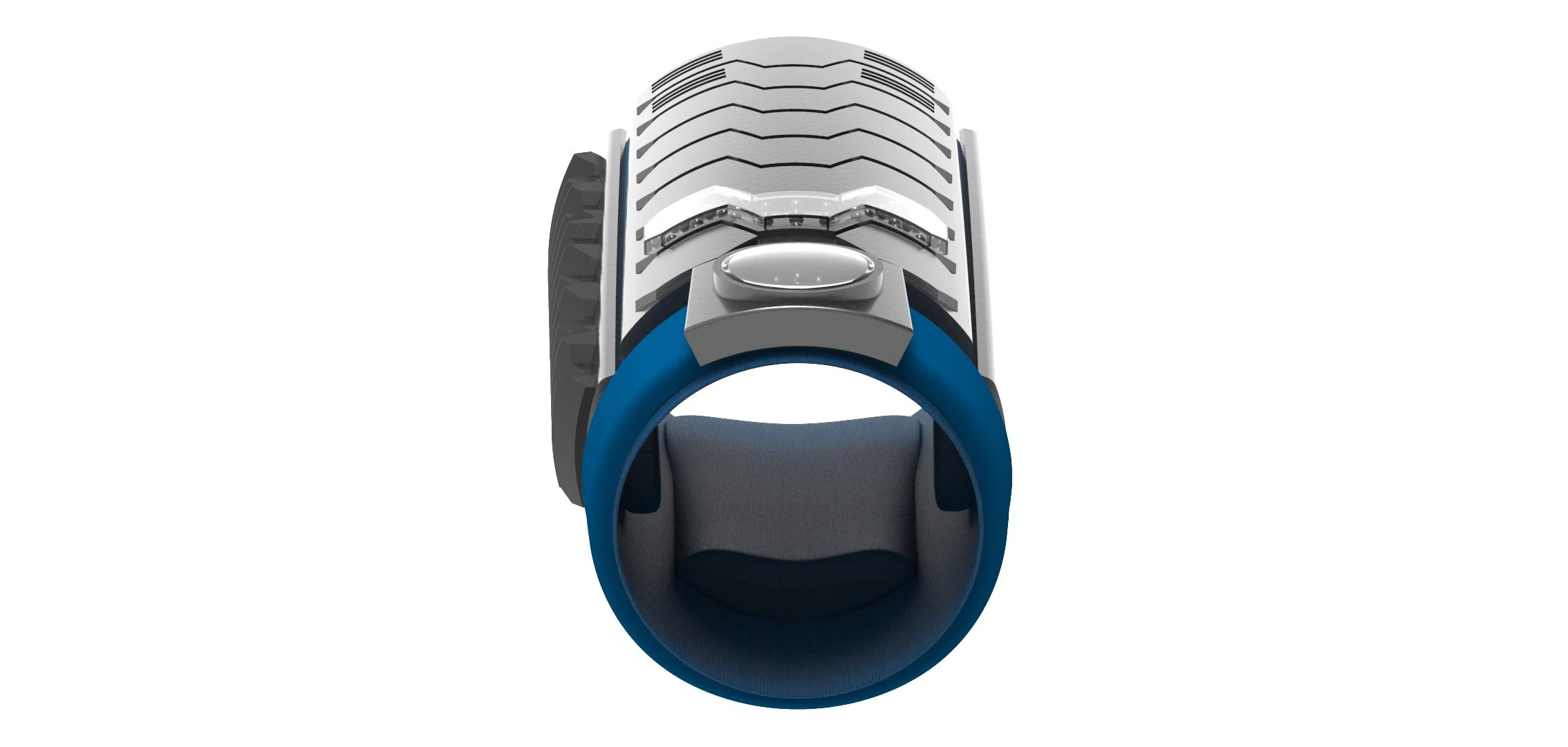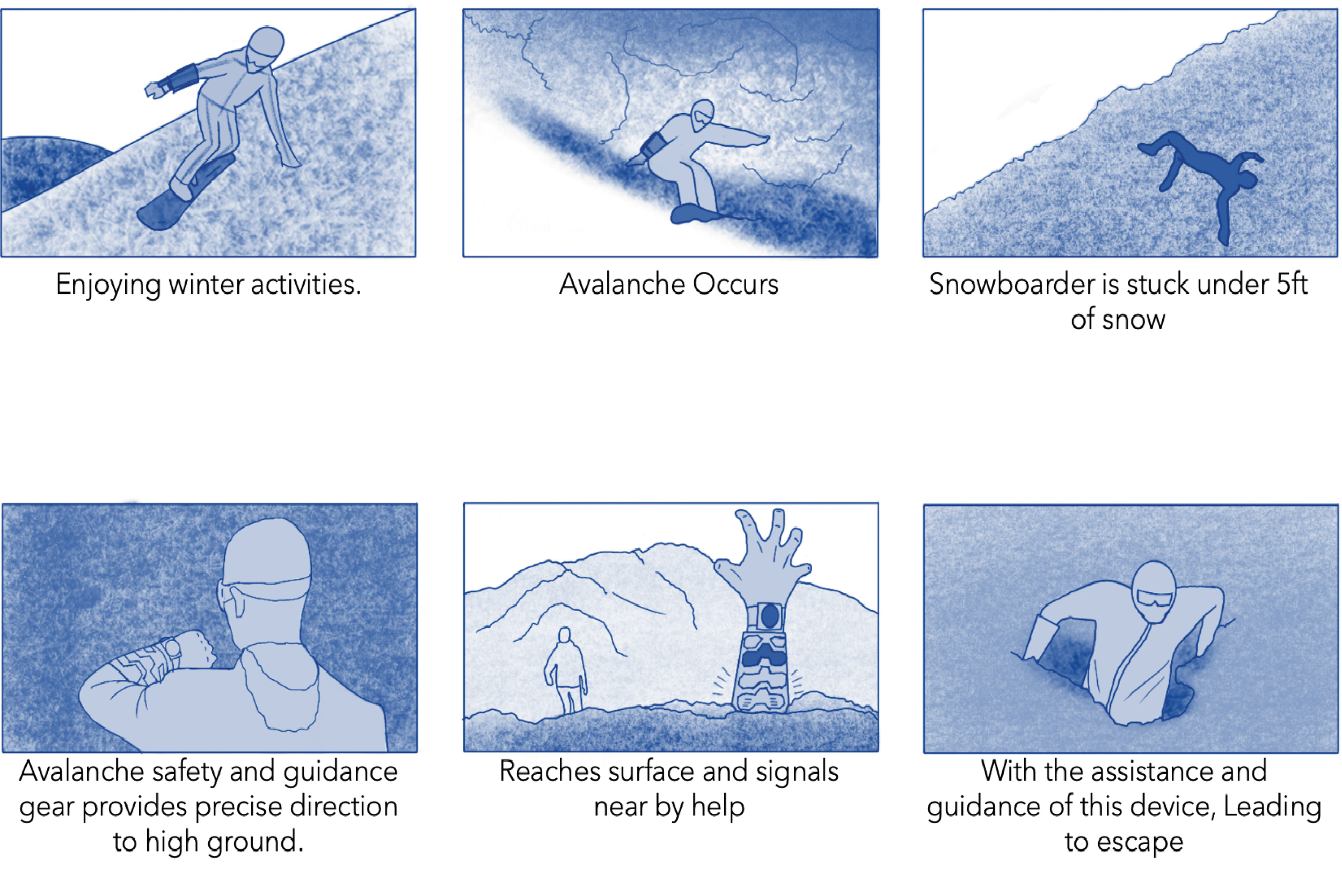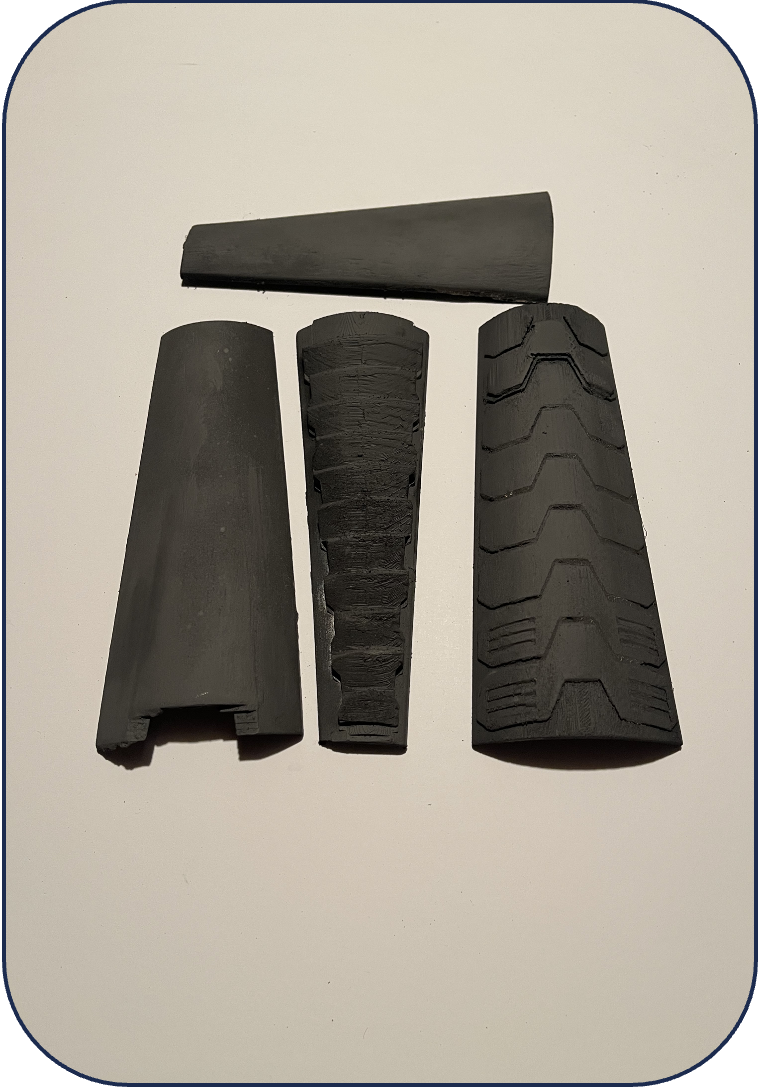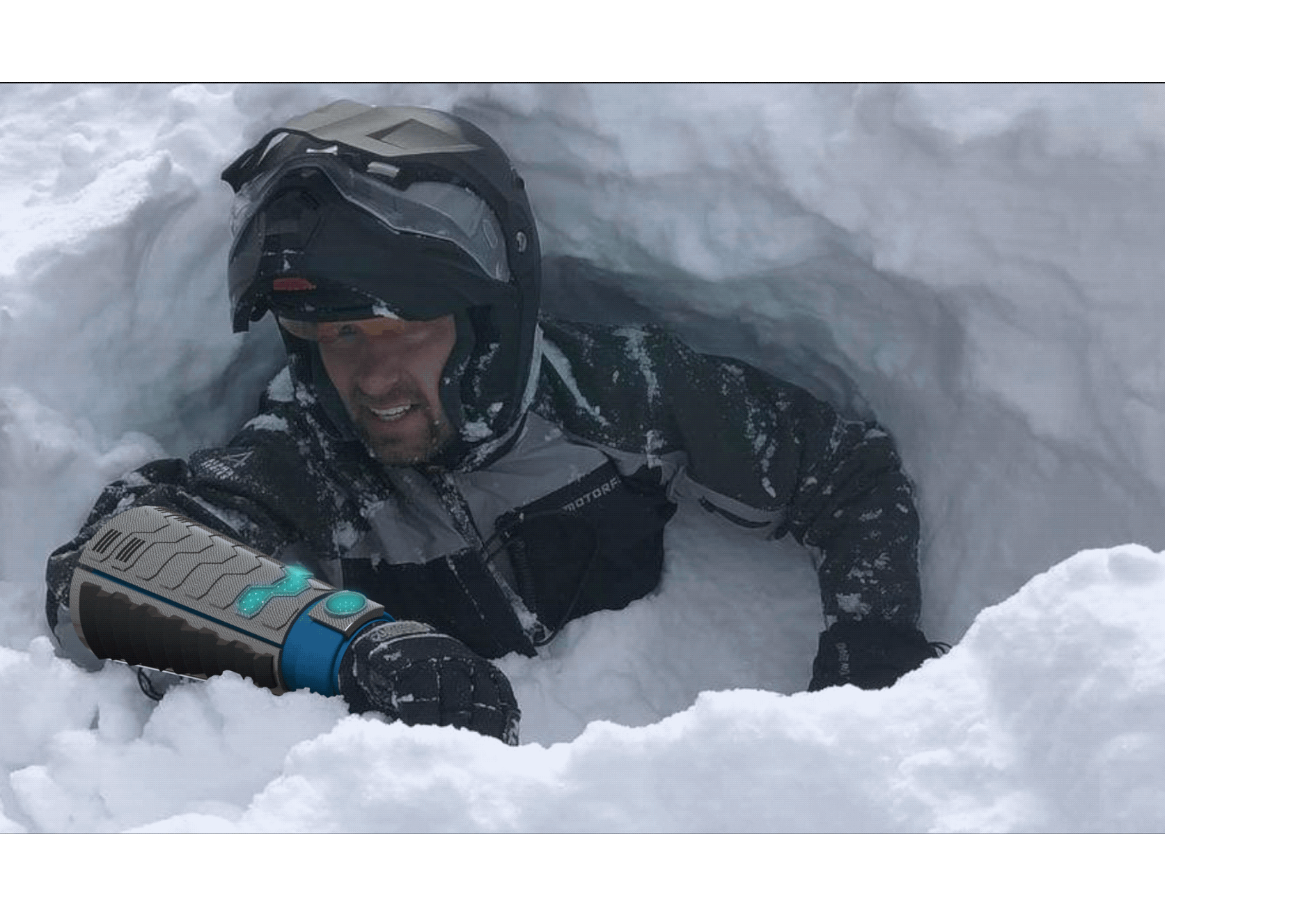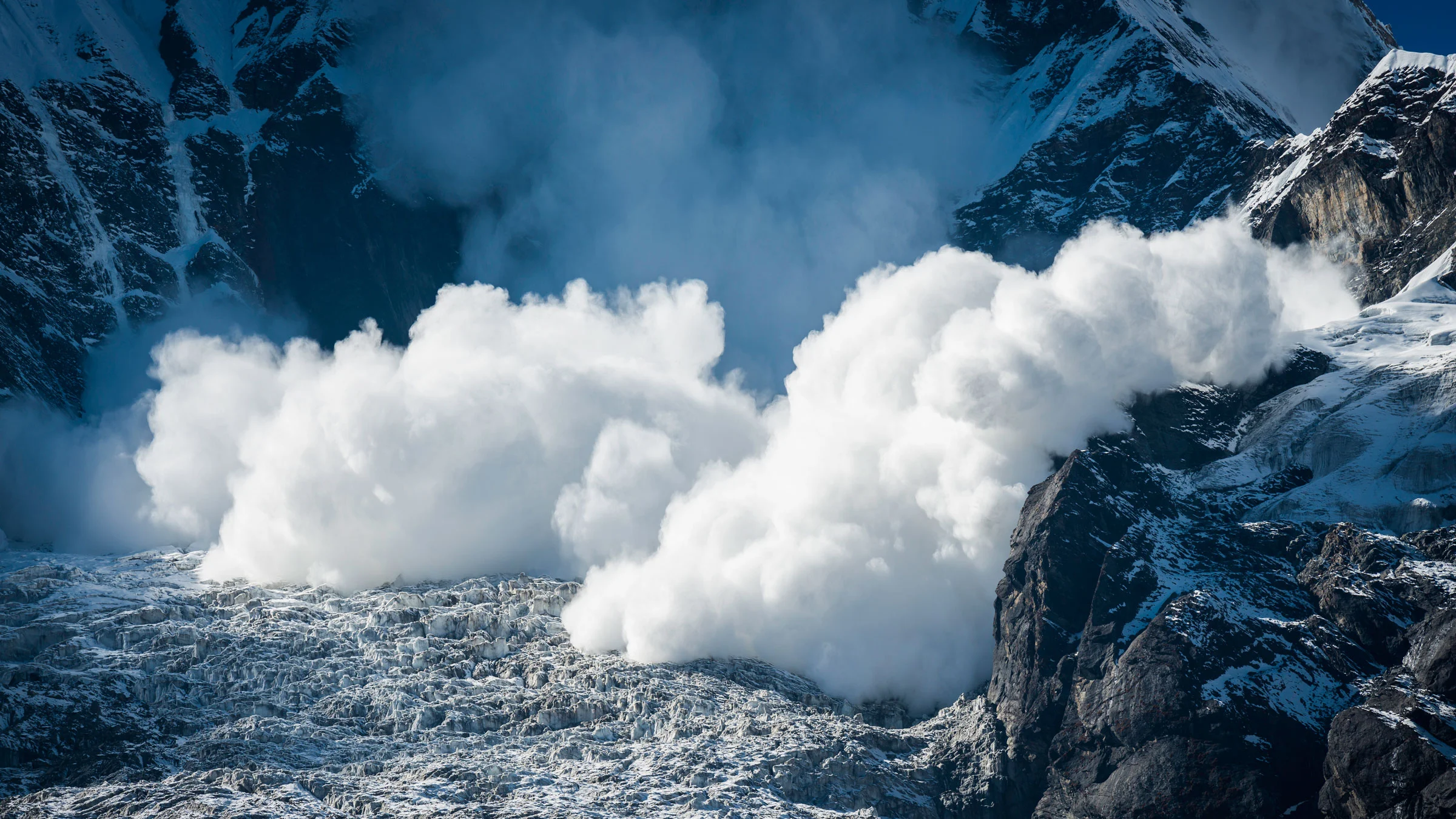
AVA
Snow avalanches are caused by unstable accumulations of snow on mountain slopes, resulting in rapid downhill movement and buildup of mass and pressure upon impact with lower ground.
The main reasons for the study include understanding global warming and climate change crises, ensuring the safety and monitoring of individuals participating in winter activities to prevent avalanches and aiding ski patrol rescue efforts.
Avalanche Safety and Extraction system
Global events
The 2010 Northern Pakistan Avalanche
In January 2010, heavy snowfall triggered a devastating avalanche in northern Pakistan, causing around 140 fatalities and leaving many more stranded and injured, making it one of the deadliest in history.
The 2015 Afghanistan avalanche
Afghanistan experienced its second-highest casualty count due to a series of avalanches in four northeastern provinces near the Pamir Mountain Range. Heavy snowfall and storms led to avalanches covering a sixty-mile stretch of land, affecting 33,000 people, resulting in 300 fatalities and numerous injuries and displaced individuals.
During the 2022-2023 season, Colorado saw 17 deaths within ski resorts and 24 deaths due to avalanches, marking a 7.2% increase from the previous year. Winter activities like backcountry skiing, side-country riding, and snowmobiling were identified as the main causes of these incidents.
Colorado Yearly Report
85% of avalanches caused through out report dated back in 2000- 2020 to the high levels of snowfall, becoming unstable with the slope degree of the mountain.
15% of avalanches were caused by activities done through the following below. Avalanche safety procedures are conducted through avalanches before eruptions of heavy snowfall, however there can still be piles of snow that can break into second or third avalanche actives.
Human activity causing avalanche:
Skiing
Hikers
Snowmobiles
Snowboarding
Avalanche prone areas:
Switzerland
Peru
Italy
Iceland
Sweden
North America
Canada
Norway
Interviews
Subject 1: Genesis
A senior at Kean University who endured an avalanche incident in Colorado in 2018 shared insights from her experience, highlighting several crucial factors that others should consider.
Has no training or knowledge for handling situation
Suffered from Hyperventilation
Used clothing for warmth and breathing
Loss of energy and suffered freezing temperatures.
Friends located her and assisted in extraction
Subject 2: Khadem
In March 2018, Khadem was skiing in Whistler, Canada, with his family when he opted to venture to an offsite area with a group of people, where they unexpectedly encountered an avalanche. Describing the situation as "The Whole Earth Broke," Khadem's preparedness stood out. Unlike many others in similar predicaments, he had undergone training in skiing and safety, coupled with a background in Olympic-level training.
Covered Mouth / Air Pocket
Swimming Method to reach Ground Level
Unaware of how deep he was (Difficulty Moving)
Resorted to warmth alternatives (Urinated)
Ski Patrol digs enough to allow him to breath and plan extraction

Affinity Diagram

AVA
the ultimate avalanche communications and guidance system. Designed to enhance safety for winter activity enthusiasts, AVA excels in locating, extracting, and safeguarding pedestrians in avalanche-prone areas. Whether navigating through the snow or facing an underground burial, AVA offers crucial assistance by guiding individuals to the surface, facilitating snow excavation, and sending real-time alerts to patrol personnel.
In Action Storyboard

Prototyping Phase




Credits
Software used: Keyshot, Fusion 360, Dimension, Illustrator, Procreate







